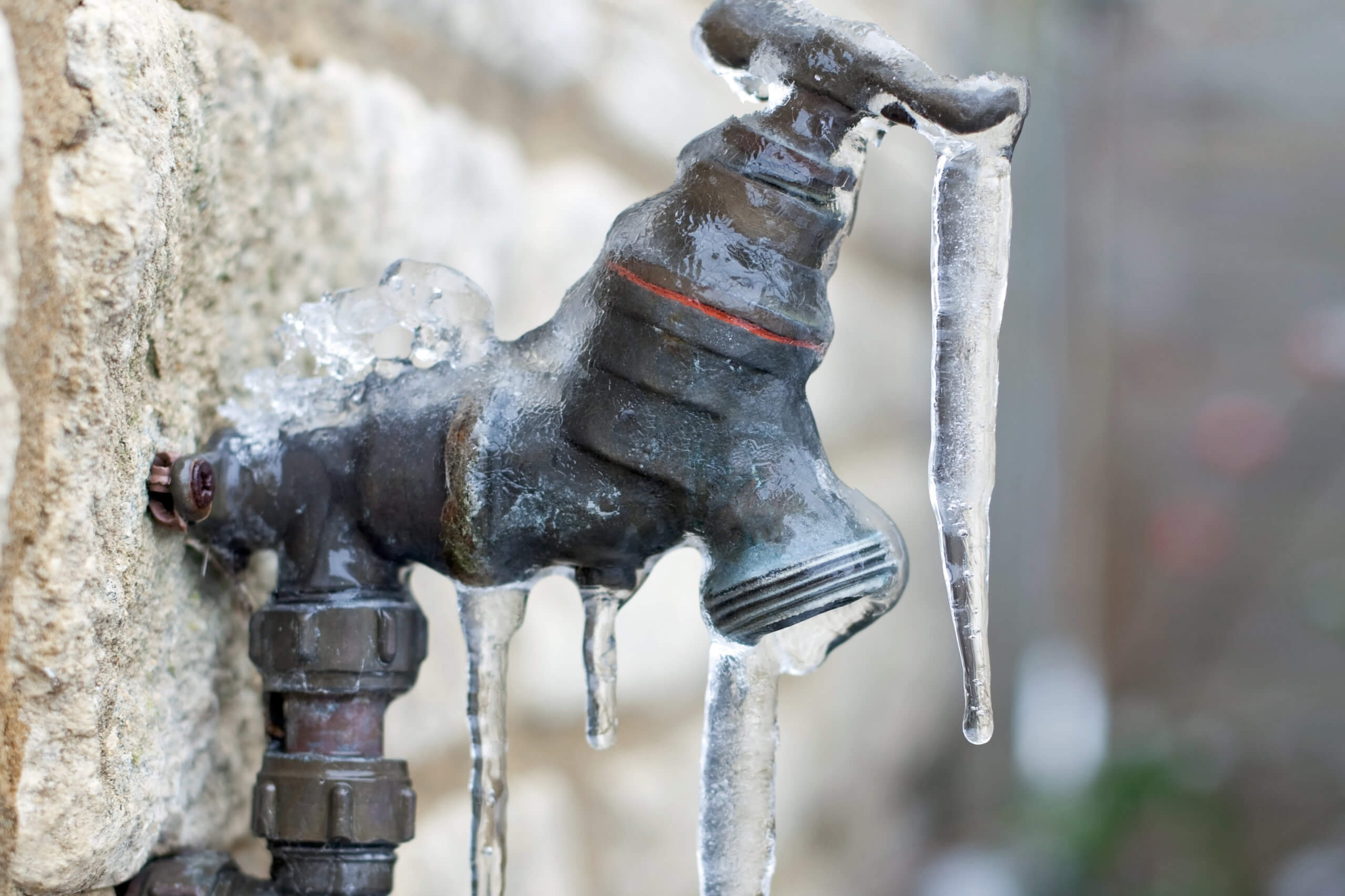Guidance for Avoiding Frozen Plumbing in Winter: Expert Tips
Guidance for Avoiding Frozen Plumbing in Winter: Expert Tips
Blog Article
What're your ideas concerning Preventing and dealing with frozen pipes?

Winter can wreak havoc on your plumbing, especially by freezing pipes. Here's just how to prevent it from taking place and what to do if it does.
Intro
As temperatures drop, the danger of frozen pipes boosts, possibly causing expensive repair services and water damage. Understanding just how to avoid icy pipelines is important for home owners in cool climates.
Prevention Tips
Shielding susceptible pipelines
Cover pipes in insulation sleeves or make use of warm tape to protect them from freezing temperatures. Focus on pipes in unheated or external locations of the home.
Heating techniques
Keep indoor spaces properly warmed, specifically areas with pipes. Open up cupboard doors to permit warm air to distribute around pipelines under sinks.
Just how to identify icy pipes
Search for decreased water circulation from faucets, unusual smells or sounds from pipelines, and noticeable frost on revealed pipelines.
Long-Term Solutions
Structural modifications
Take into consideration rerouting pipelines far from outside walls or unheated locations. Add additional insulation to attic rooms, cellars, and crawl spaces.
Updating insulation
Buy high-grade insulation for pipelines, attics, and walls. Appropriate insulation aids keep regular temperatures and decreases the threat of icy pipes.
Securing Outdoor Pipes
Garden hoses and exterior faucets
Disconnect and drain garden hose pipes prior to winter season. Set up frost-proof spigots or cover outside faucets with protected caps.
Recognizing Icy Pipelines
What triggers pipes to ice up?
Pipes freeze when exposed to temperature levels below 32 ° F (0 ° C) for expanded durations. As water inside the pipelines ices up, it broadens, putting pressure on the pipe wall surfaces and possibly triggering them to rupture.
Risks and damages
Frozen pipelines can cause water interruptions, residential or commercial property damage, and expensive repairs. Ruptured pipelines can flooding homes and cause comprehensive structural damage.
Indications of Frozen Pipeline
Determining frozen pipelines early can avoid them from breaking.
What to Do If Your Pipes Freeze
Immediate actions to take
If you presume frozen pipes, maintain faucets open to ease pressure as the ice melts. Make use of a hairdryer or towels taken in hot water to thaw pipes slowly.
Final thought
Avoiding icy pipelines needs positive measures and fast feedbacks. By understanding the reasons, signs, and safety nets, house owners can shield their plumbing throughout winter.
5 Ways to Prevent Frozen Pipes
Drain Outdoor Faucets and Disconnect Hoses
First, close the shut-off valve that controls the flow of water in the pipe to your outdoor faucet. Then, head outside to disconnect and drain your hose and open the outdoor faucet to allow the water to completely drain out of the line. Turn off the faucet when done. Finally, head back to the shut-off valve and drain the remaining water inside the pipe into a bucket or container. Additionally, if you have a home irrigation system, you should consider hiring an expert to clear the system of water each year.
Insulate Pipes
One of the best and most cost-effective methods for preventing frozen water pipes is to wrap your pipes with insulation. This is especially important for areas in your home that aren’t exposed to heat, such as an attic. We suggest using foam sleeves, which can typically be found at your local hardware store.
Keep Heat Running at 65
Your pipes are located inside your walls, and the temperature there is much colder than the rest of the house. To prevent your pipes from freezing, The Insurance Information Institute suggests that you keep your home heated to at least 65 degrees, even when traveling. You may want to invest in smart devices that can keep an eye on the temperature in your home while you’re away.
Leave Water Dripping
Moving water — even a small trickle — can prevent ice from forming inside your pipes. When freezing temps are imminent, start a drip of water from all faucets that serve exposed pipes. Leaving a few faucets running will also help relieve pressure inside the pipes and help prevent a rupture if the water inside freezes.
Open Cupboard Doors
Warm your kitchen and bathroom pipes by opening cupboards and vanities. You should also leave your interior doors ajar to help warm air circulate evenly throughout your home.

We were brought to that article on Winter Plumbing Precautions: Preventing Frozen Pipes through someone on our other blog. Do you know another individual who is in to Prevent Frozen Pipes ? Be sure promote it. Thanks a lot for taking the time to read it.
Get Quote Report this page